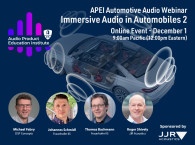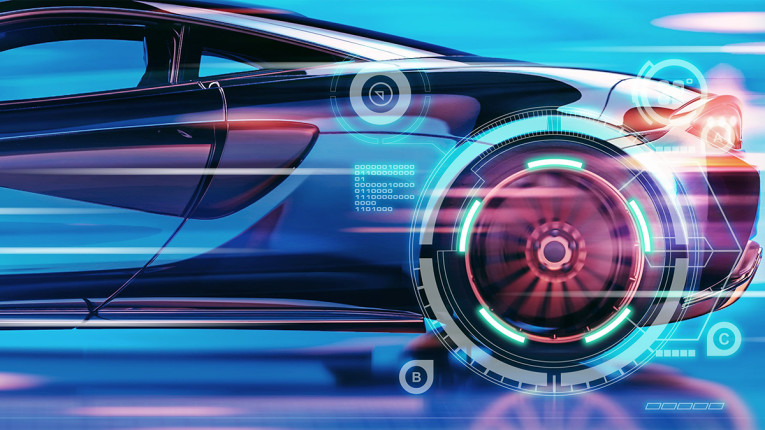
Without the physical interaction of conferences and trade shows in 2020 and early 2021, OEM carmakers, their Tier One suppliers, and independent consultants worked primarily in isolation on new ideas or focused more in-depth on ideas that were already in development. In-person meetings were no longer necessary, but communication within large global companies and internal collaboration improved. Software investments climbed. Everyone incorporated the necessary tools at home and many people experienced less distractions, as it were, on day-to-day hands-on activities. Tier One companies saw no loss in projects. 2020 produced more RFQs than before — planning for the immediate needs and the future goals.
As for the auto industry, insiders agree that the most inventive carmakers understand audio is not just about music and entertainment anymore. They have also focused on crafting signature engine sounds and creating auditory experiences that are truly unique.
The audio system has become increasingly important and its uses have expanded. There are also different goals than there were five years ago when it was a race to get as many speakers in a car and to get the power levels as high as possible. Now, the quality of components and efforts to better integrate them are among the biggest improvements in the last 3 to 5 years. Carmakers are paying more attention to how they are designing their systems at all levels — no longer just writing off the entry-level sound systems.
Even what we thought 18 months ago has changed. And there are new viable OEM players (e.g., Tesla, Sono Motors, and Rivian) that might have been written off just a year ago.
With my background starting in the mid-1980s working with a Tier-One and interfacing with most of the OEMs, my own consultancy business JJR Acoustics is in a unique position as an independent contractor for OEM automotive audio. We work, and have regular conversations, with those in the industry about problem solving and future development for every aspect of automotive audio — whether it be for component or system design, a full-range of acoustic simulations, or all forms of in-vehicle or virtual tunings.
The state of our industry, the challenges it faces, and the more significant trends are a constant part of that discussion. Now, we are continuing to learn more about the technologies that started making waves in 2020 — but with new twists.
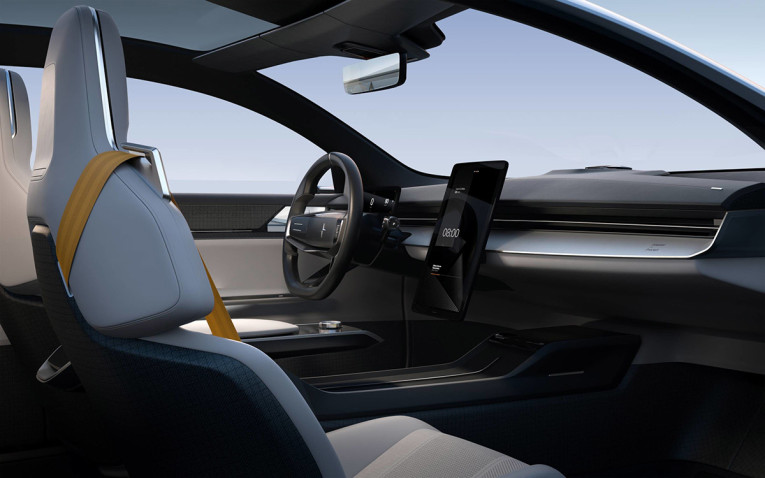
Significant Audio System Trends
For carmakers, audio has become more of the differentiator between highly optimized mechanical experiences of power train and handling. First, there needs to be a good basis of audio quality and acoustic quality of the vehicle, and then features can be added to meet customer expectations.
Functionality is more important today: What you actually can do in the car, as well as security, parking assistance, and noise cancelling. The audio system now has many more uses.
And with the movement of high-end audio to meet the end customers’ expectations of higher audio quality, audio signal processing companies (e.g., Dirac) are introducing new solutions that were once based in the mid-range and high-end market, but now target entry-level systems. Harman International is focusing on the end users, keeping their potential moods in mind. Besides the more standard setting options for the end users (balance, fader, EQ), there are more systems that come with pre-defined sound modes or advanced audio adjustment technology that enable the end users to select a mode at the touch of a button to fit each individual’s mood when driving. In Volkswagens, there are four Harman Kardon presets (Pure, Chill-Out, Live, Energy), and in Bentley’s Continental GT, Bang & Olufsen’s “One Touch User Experience” lets drivers choose music defined by their moods (Bright, Energetic, Warm, or Relaxed).
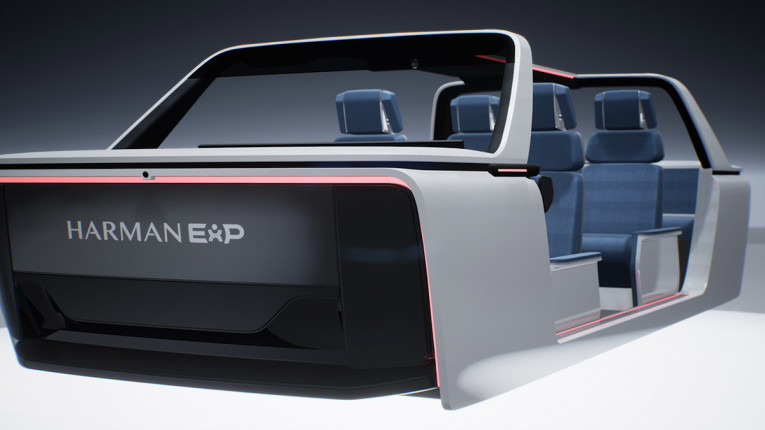
For all carmakers, Apple CarPlay (iOS) and Android Auto (open-sourced) are must haves. The combination of better audio and enhanced features is how many OEMs stay in the game.
There is a greater trend to open-source solutions in the cockpit domain controllers (formerly called head-units, or more simply radios). The traditional closed system is going, or gone, because of the loss of the traditional source media (discs or physical storage devices). The non-traditional sources are non-terrestrial radio sources (e.g., streaming: Bluetooth, 5G, and next-generation Wi-Fi).
Harman International is using its Harman ExP suite of technologies, whether it is Creator Studio, Drive-Live Concert, or gaming Intense Max, with all the existing connectivity portals to create a “third living space” to bond with friends and family and make driving a shared interactive experience.
Andy Goeppner, who leads audio development for Acura, put it very clearly: “You must create an equivalent or better experience garnered from a mobile device in the car because HMI and other external interfaces are so important to the listener. The question is always being asked: What can we do with audio to make the vehicle experience more luxurious or exciting? It’s technology like Acura’s ELS STUDIO 3D — that recreates the emotional experience of being in a recording studio — we will continue to build on.”
When asked about in-vehicle multichannel networks based on a low latency, bi-directional, daisy-chained data bus, like Analog Devices Automotive Audio Bus (A2B) he agreed that, “These networks are simply, and powerfully, technology enablers. They will be the conduit to bring new entertainment features and functions into tomorrow’s vehicle.”
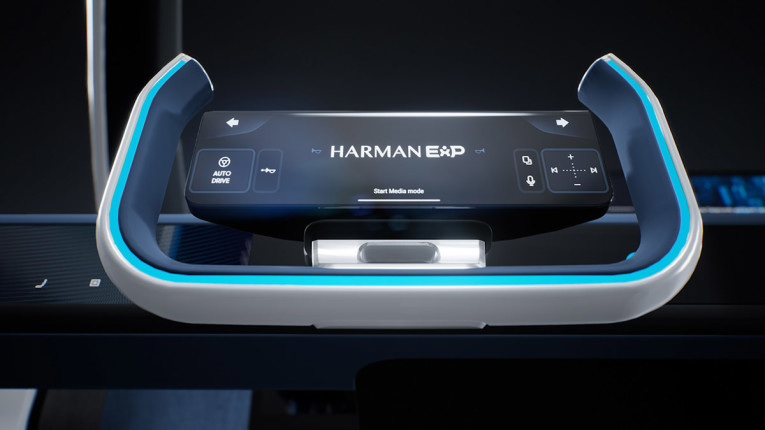
Immersive Experiences
OEMs, Tier Ones, and independent contractors agree, “The next big thing is Immersive.” There will be more speakers in overheads and headrests for 3D. Every carmaker will be “immersive,” but real “immersive” is not well defined. Dolby Atmos is beginning to define it in a standard way. They are creating source material and a reproduction method, which drives architectures. Some OEMs are watching what Sony 360 Reality Audio is doing in automotive.
For all immersive solutions, the focus needs to be on content. OEMs might remember the innovative first use of a DVD-A player in a car for Acura, but that format has practically disappeared. Streaming over-the-air (OTA) content or direct download is the key, but, it will start in the luxury automobile market.
The Lucid car manufacturer has already implemented Dolby Atmos. Immersive audio is also shipping in the Lincoln Aviator vehicle with Revel Ultima3D. As the source material becomes more sophisticated, the application will be appreciated more by the listener.
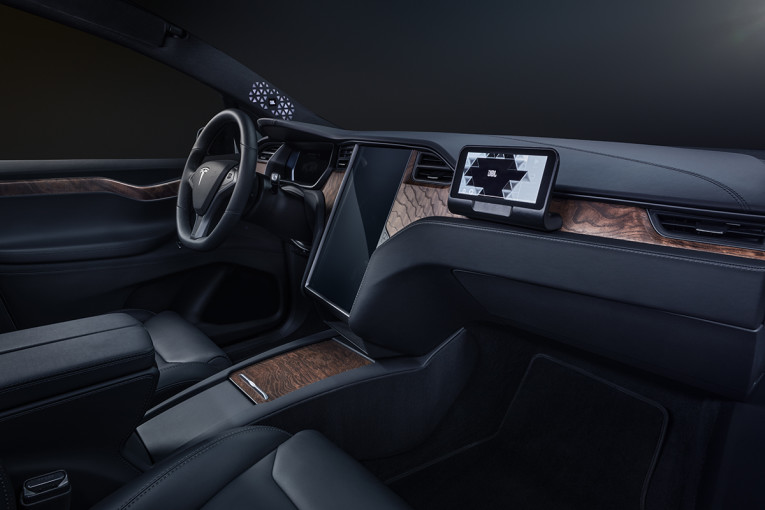
The differentiation will be signal processing for each individual seat. With that, the challenge is to provide tunings without prototypes. Virtual tuning tools are required. Another effect of 2020 was that virtual tuning became necessary in a lot of cases, but some found it hard to tune a car.
Tools exist for remotely measuring a car audio system, visualizing the data, auralizing it, and tuning it with very close accuracy to the in-vehicle experience. For example, JJR Acoustics uses this method with its own hardware and the Illusonic software tool for automated data collection, tuning, and auralizing. Firmware can be updated remotely, and the tuning process continues as it would normally, except that it is virtual.
Some insiders agree that as the tools become better, then it might be best to virtually tune cars. We can take away the psychoacoustic biases of seeing the interior, smelling the leather, or hearing the door slam, all of which unconsciously influence our opinions. Some characterize virtual tuning as having the same value that mechanical or acoustical simulation does for learning a car. The same way engineers can virtually change mechanical parameters or acoustical damping, an engineer can change tuning parameters to understand the character of the car’s interior and system component interaction. Virtual techniques will need to expand with the use of immersive audio.
In the area of tuning immersive audio, or optimizing the in-cabin sound system for Android Auto in addition to Apple Carplay, some OEMs have built on DSP Concepts’ Audio Weaver platform.

Zoned Audio
With the use of headrest and overhead speakers for immersive audio, it is natural to think about Zoned Audio. Fully controlled and intimately private, Zoned Audio is still considered the “holy grail,” and it is considered on several manufacturers’ “hot track” for development. Originally, the goal was not to have headphones on the kids in the back seat, as fully autonomous vehicles could push that much further.
Initially, the zoned approach used existing speaker locations. The first implementation of In-Car Communication (ICC) is a good example. Bose has led the charge in many areas of automotive audio since it first introduced branded audio at GM in the early 1980s. Zoned Audio through its SeatCentric Experiences could be another early lead for it as well. Its Rear Seat Volume Attenuation focuses the performance of the vehicle sound system on the front row, while rear-seat passengers are able to enjoy video content or music from brought-in devices without being disturbed by what is playing in front through the vehicle speakers.
And, SeatCentric Call Placement allows passengers to continue enjoying their music while the driver takes a phone call through the UltraNearfield speakers built into the headrest. While the driver can clearly interact with the phone call, the music for the other passengers is never interrupted.

Engine and Vehicle Signature Sounds
With an internal combustion engine, the sound of the car itself as it idles and as it is driven creates an emotional attachment to the driver and is part of creating a comfortable experience. The current goal of automotive audio engineers is to help create emotional attachment.
Internal sound synthesis of engine and road sounds have long been used to provide that comfort for combustion engine vehicles. But, with hybrid and electrical cars becoming quieter, the need is absolute, and audio systems will provide the solution. One example is the Ford Mustang Mach-E’s use of engine sound synthesis, played through the audio system, which among other things, helps car owners hear when to shift.
Bose uses another approach through its application of Electric Vehicle Sound Enhancement technology, which enables car makers to create unique, unconventional powertrain sounds inside the cabin — delivered through the sound system’s speakers. Electric Vehicle Sound Enhancement is part of the Bose Active Sound Management technologies, which was developed with the help of DSP Concepts.
This innovation will debut later in 2021 in the GMC Hummer EV. At least one OEM has created its own version of this with granular synthesis. Sound samples are split into very small pieces (1ms to 50ms) called grains. In playback, multiple grains may be layered on top of each other, and may play at different speeds, phases, volume, and frequency, among other parameters. At low speeds of playback, the result is a soundscape; at high speeds, the result is heard as a note or notes of a unique timbre.
These synthesized sounds, as well as the audio’s full musical range, require low frequency to feel natural. For hybrid and electric vehicles, too much space is taken up by batteries, leaving no room for subwoofers. New subwoofer solutions for internal sound synthesis are needed. Subwoofers integrated into body structures, floors, and sills, are no longer possible in electrical vehicles because the battery uses all of the structural space. New ideas are needed, but concepts are slow to evolve.
Some solutions follow the approach of Bluacs Technologies’ Fresh Air designs, which are ported outside the car cabin with the entire cabin treated as an extremely large enclosure. Unfortunately, the restrictive points of an opening to the outside are rust, dust, and exterior noise. A conventional 200mm subwoofer would need 20L to operate optimally. The Fresh Air Subwoofer design reduces the overall size by as much as 80%.
The trade-off is the upper sub bandwidth, which will be approximately 80Hz and could be challenging if other woofers are difficult to package. There are Fresh Air Woofer designs as well to help solve this. For many carmakers with the ultimate goal of only electrical cars by the year 2035, it will be easier to reproduce low frequency compared to overcoming the noise of a combustion engine, and they can concentrate on quality of bass instead of the quantity.
Wolfram Jaehn, Senior Sound Engineer, AUDI AG, mentioned that “for the past in combustion cars, we had to compensate for low frequency noise from the engine. This frequency spectrum is missing in electrical cars. Now higher noise such as the pitched electrical whine of engines or wind noise is more audible and we have to compensate for this.”
Kevin Doak from Bose comments, “With quieter car designs, mainly driven by the increasing number of electric vehicles coming to market,” Tier Ones like Bose, “are supporting OEMs, beyond simply delivering advanced sound systems for great music listening experiences.”
Some remaining hybrid engines have languishing booming sounds due to the compact size of the engine design, which ANC can address. But the noise we thought was all engine noise turned out to be road noise: “rough driving surfaces, tire treads, and chassis vibrations. These are factors that produce noise in any type of vehicle, but they are especially noticeable in quiet EVs that do not have the conventional rumble of an engine to mask those annoyances.” Bose recently introduced QuietComfort Road Noise Control as an active and adaptive technology, which is also part of the company’s Active Sound Management technologies.
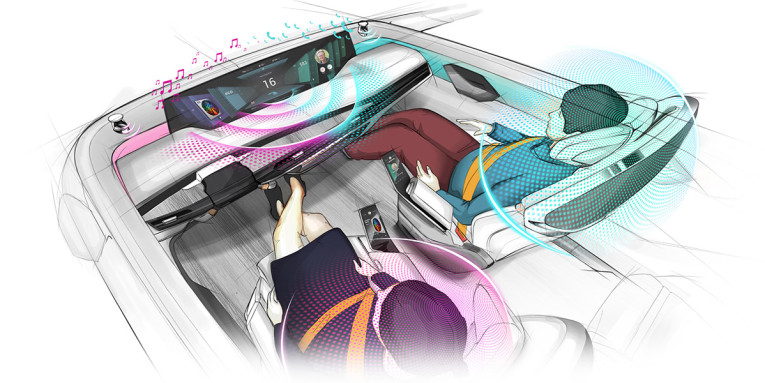
Acoustic Vehicle Alert Systems
Due to the absence of an internal combustion engine, electric vehicles can be much quieter than their gas-powered counterparts. However, this lack of noise can mean that they pose a danger to other road users, especially people who are blind or partially sighted.
In July 2019, a new European Union (EU) rule went into force that all new models of electric cars sold in the EU must make artificial noise under certain conditions. Acoustic Vehicle Alert Systems (AVAS) will need to be installed in new models of hybrid and electric cars introduced from then onward, and all existing models by July 2021. With an AVAS installed, vehicles will need to make a sound while traveling under 12 mph, or while reversing. AVAS has become part of audio system and the audio engineering discipline.
In the US, the National Highway Traffic Safety Administration (NHTSA) requires that all hybrid and electric vehicles emit artificial noise by September 2020, although they’ll have to emit the sounds up to the slightly faster speed of 18.6 mph. The minimum noise standards also define a maximum overall level at a 2m distance of 75dB per driving condition. Next to that, the normal Pass-by Noise standards for maximum noise remain in place, which have slowly been reduced from 82dB in 1972 to 70dB in 2020, with a goal of 68dB in 2024. These contradictory regulations will, no doubt, eventually correct themselves, but they contribute to a complicated existence for carmakers.
Different manufacturers are able to decide exactly what their AVAS will sound like, but the legislations say that the sound should be similar to (and not louder than) a traditional combustion engine. It should also give pedestrians an idea of what the vehicle is doing by, for example, synchronizing with a vehicle’s speed.
OEMs and Tier-Ones, with the help of independent contractors, have deployed many AVAS solutions into the automotive market specifically designed to meet each customer’s requirements. Some of these deliverables included support for transforming audio bus messages to control signals from wave player models and consultation on appropriate speaker choices and placements in the vehicle.
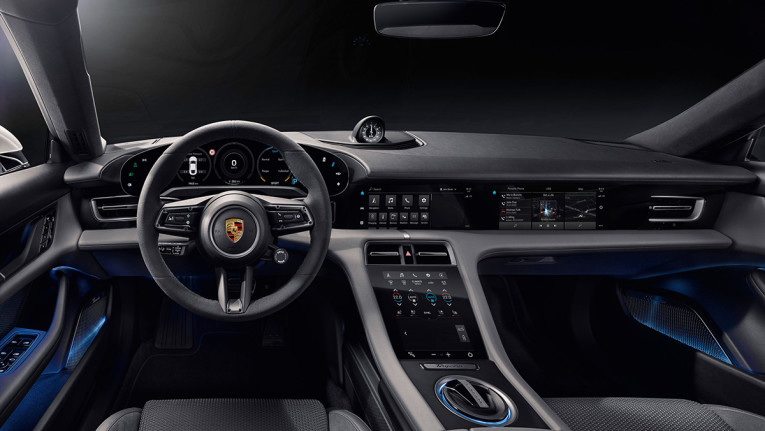
One of the bigger problems with pedestrian alert systems is that the sound they emit is not heard inside of the car, but it is required to be. So, it is important to make sure the car is not too quiet and to certify that it still meets the regulations through homologation. Simply increasing the volume of the AVAS unit to pass the standard can lead to annoyed drivers and passengers.
What was once unique in the Nissan Leaf has become more regulated and became a modest commodity, but Tier Ones that backed away from it are now returning due to the growing variety of needs and the potential for added value in external sounds and alerts.
Most EU OEMs are pursuing AVAS so strongly that it has become the hottest thing for their suppliers. The trend is getting more and more external speakers for recreating the engine noise. It had been one speaker box — now it is two in the front and two in the rear. Bigger boxes for entertainment sound, door closing sound, or talking to pedestrians.
Also, a start-up tone or external “Enterprise” sound, so called because of the sound of the Star Trek Enterprise: Whoosh. These small boxes are typically 0.5 liter in size, so that very little bass is possible. Some OEMs are now planning for 3.5L external boxes. And some models, such as the all-electric Porsche Taycan, are bringing that same sound into the interior. Others (e.g., Daimler) are using the external speakers for playing recorded engine noise while under 30kph (18.6mph).
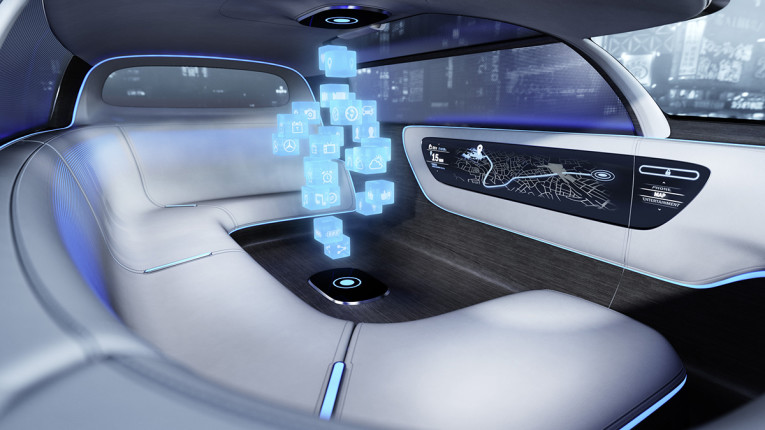
Autonomous Future
Again, for OEMs, using a single component for multiple functions will continue to trend, and an external speaker box plan will exist for autonomous driving to give the pedestrian some clear understanding of what is happening, before any eye contact. Yet, autonomous driving — which we thought was closer to fruition, but social distancing might be the biggest thing slowing that down — brings additional questions. Autonomous cars would be the perfect playground to explore individualized space for audio.
In the US, Ford’s AV, LLC, among others, are plugging away and research is ongoing. The approach is not only treating the development as a new product but as a service for humanity: Transportation as a Service (TaaS), but not just for delivering pizzas. This approach is common across carmakers.
Many Tier One companies are expecting the advancement of driverless vehicles and anticipate changes in the way vehicle cabins are configured. Seating positions might change; perhaps a traditional driver’s seat will no longer be needed. These changes will impact the way people experience and consume entertainment content in the vehicle, as well as how they communicate with others.
“To support this evolution,” says Kevin Doak, “Bose continues to research and invest in UltraNearfield speakers that are built into the headrest (similar to those found in Bose systems available today, such as the Personal Plus system in the Nissan Kicks). UltraNearfield speakers, combined with advanced algorithms and digital signal processing, can help maintain the relationship between passengers and audio, even as seating locations change in future vehicles.”
Other technologies originally developed for traditional human driving are in development, which can render sounds from different directions and help drivers quickly react and respond to various vehicle signals. The blind spot detector warning could come from the direction the driver needs to look in order to react. Rendering GPS navigation prompts from different places virtually, left or right, near or far, depending on direction and urgency would be a part of this future use. The system might also be able to effectively warn a driver whose vehicle is in semiautonomous mode that there’s an exit coming up and the driver will have to re-engage the vehicle to reach the exit ramp.
The Bose Aware Signal version of this system in autonomous and semi-autonomous vehicles includes the ability to dynamically apply audio tags to external obstacles and to render directional sounds that will reassure passengers that the car is aware of its environment (e.g., a bicycle coming up on the right or a stopped vehicle on the road ahead).

The big picture signals that the car might become a mobile private living room. Music will remain the most important part. But, telemetry information will be equally important. The use of artificial intelligence, not just to tailor the environment for the users, but to individually modify their sound experience, will be just as valuable. If we can move around inside a car, where we listen would no longer be a fixed position.
The sound would need to change with movement in the cabin — meaning we would need a tracking system to make changes in real time. Harman International looks to the next great evolution to be in the reimagination of the experiences that take place in the car. It calls this “the shift from RPM to EPM — moving away from measuring the impact of mobility as revolutions per minute to experiences per mile.”
Whether or not there will be an autonomous revolution in the near future, there will still be the bespoke tailoring of sound to the individual listener. This is the highest value for the listener. We are already providing audio tunings to balance the sound quality in a car, and now we are working on tunings for each particular occupant/listener.
In the end, with electric cars, gas stations will no longer be needed nor will electrical pump stations. But there will still be a need to stop and rest, so maybe there will be well-being stations. And with various levels of autonomous driving, the well-being will begin in the car. aX
This article was originally published in audioXpress, June 2021.
 About the Author
About the AuthorRoger Shively is a co-founder and principal of JJR Acoustics (Seattle, WA). He has more than 34 years of experience in engineering research and development, with significant experience in product realization and in launching new products at OEM manufacturers around the world. Before co-founding JJR Acoustics in 2011, Roger worked as Chief Engineer of Acoustic Systems as well as a functional manager for North American and Asian engineering product development teams in the Automotive Division of Harman International Industries Inc; a journey that began in 1986. Roger received his degree in Acoustical Engineering from Purdue University in 1983, and finished post-graduate work in the field of finite element analysis. He is a member of the Audio Engineering Society (AES), Acoustical Society of America (ASA), and Society of Automotive Engineering. He has published numerous research papers and articles in the areas of transducers, automotive audio, psychoacoustics, and computer modeling. Roger also holds US and International Patents related to the design of advanced acoustic systems and applications particularly in the field of automotive audio. Roger is Co-Chair of the AES Automotive Audio Technical Committee.




